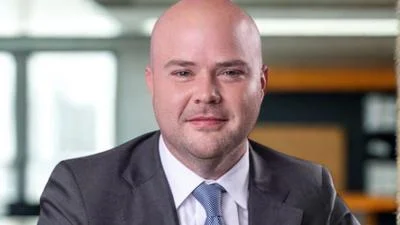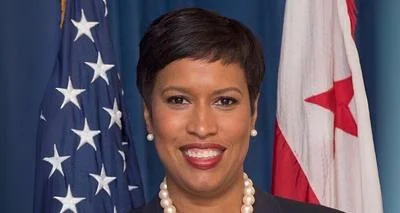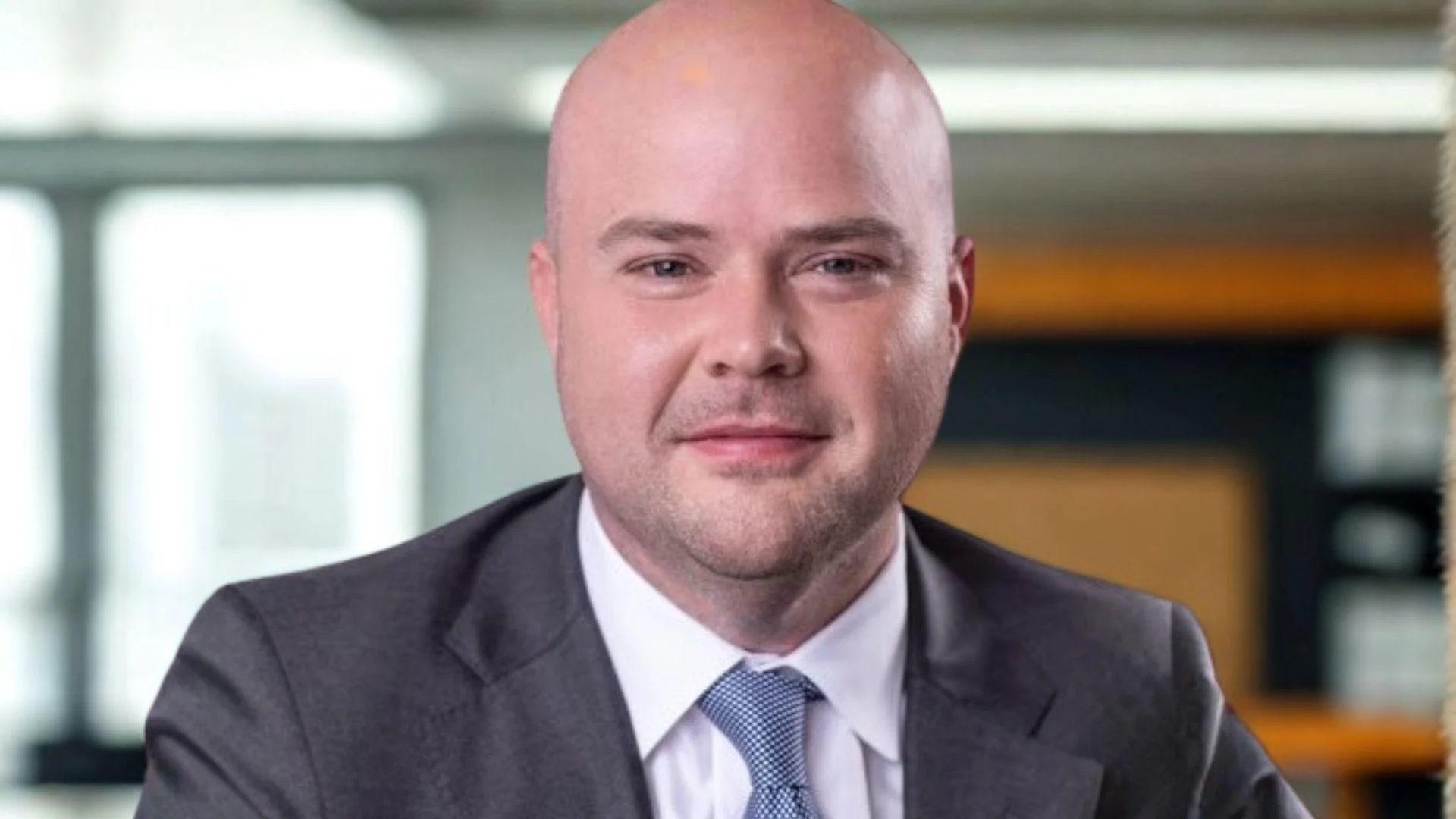Preferred pharmacy plans rally in comeback

Indicative of a trend continuing from previous years, preferred or otherwise limited plan models may gradually slice pharmacies’ profit margins, depending on participation choices.
Industry analyst Adam Fein studied 71 plans operating 746 regional PDPs in order to identify 2017 Part D preferred cost-sharing pharmacy networks, excluding certain criteria such as plans outside the U.S. and employer-sponsored or union-only groups. He found that whereas in 2011 only 7 percent of regional PDPs had a preferred network, next year’s percentage will reach 85 percent.
The portion of pharmacy plans with a preferred network has remained rather consistent; the numerical differences are triggered by a sharp decrease in the total existing number of plans. In 2014 there were 1,169 plans, while in 2017 only 746 will be on record.
Of all the major health care plans included in Fein’s research, only two stood out as showing open network acceptance: WellCare and SilverScript. Large plans such as United Healthcare, Humana, Cigna-HealthSpring, Express Scripts Medicare, Aetna Medicare, First Health Part D will rely largely on preferred cost-sharing models in the coming year.










 Alerts Sign-up
Alerts Sign-up